Lego Bar Art
Mosaics, mostly using just standard Lego bricks,
placed on the face of our recreation room bar
As usual, just click
on any snapshot for an enlargement
suitable for downloading, printing (or framing?)
3.
Examples of my mosaics: They are often seasonal, so let's
work our way through the year. |
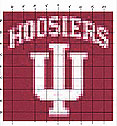 |
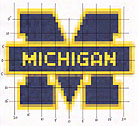 |
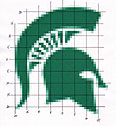 |
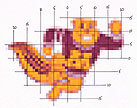 |
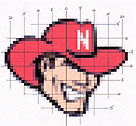 |
| Indiana Hoosiers | Michigan Wolverines | Michigan
State's old 'Sparty' |
Minnesota Golden Gophers |
Nebraska Cornhuskers |
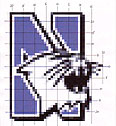 |
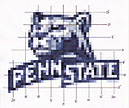 |
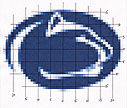 |
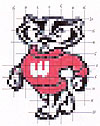 |
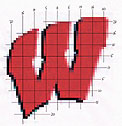 |
| Northwestern University Wildcats |
Penn State and their... | new sleek Nittany Lion | Wisconsin's Badger |
And the new W |
6.
And several Logos that are a must for all AFOLs,
especially in the midwestern USA. |
Return to the
main castle
page.